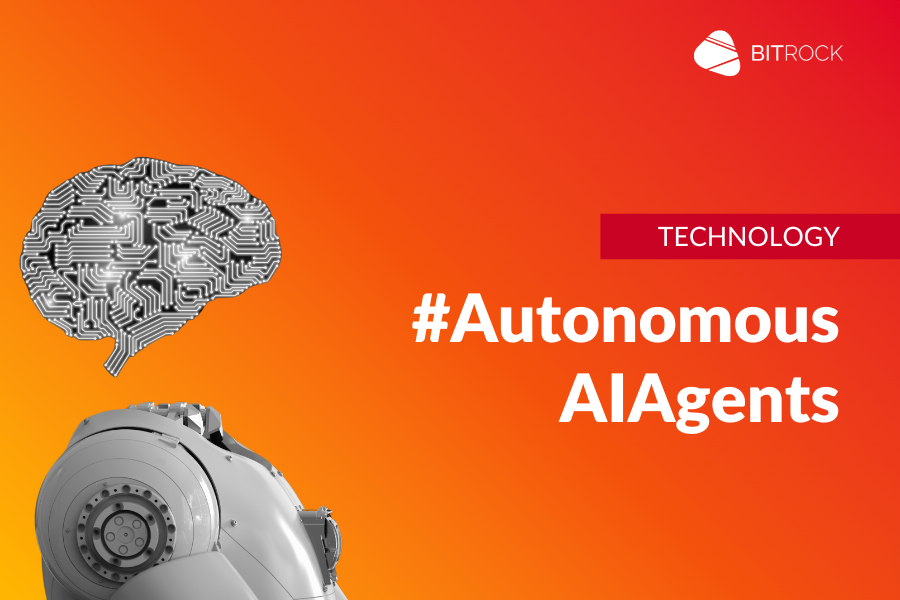Today we are living in an age of unprecedented technological change: among the most transformative developments is the rise of Generative Artificial Intelligence. In 2017, the seminal paper “Attention Is All You Need” introduced the transformer architecture, a breakthrough that radically enhanced text processing capabilities and fueled the creation of Large Language Models (LLMs) – the engines behind applications like ChatGPT.
Today, this technology is evolving at an extraordinary pace, giving rise to a new frontier: Autonomous AI Agents. These are systems capable of reasoning, interacting, and executing tasks independently. At their core, autonomous AI agents are built on three fundamental components:
- An LLM: Serving as the agent’s cognitive core, the LLM drives reasoning and language generation.
- A State: This includes the system prompt—general instructions that define the agent’s behavior and operational context.
- A Toolkit: A set of functions or tools that enable the agent to interact with and affect the external environment.
With these capabilities, autonomous AI agents are poised to reshape all industries and redefine how tasks are completed.
However, their rise brings two crucial questions to the forefront.
How Can Autonomous AI Agents Be Used Efficiently?
While LLMs are highly efficient at generating relevant outputs, they face a significant constraint: limited context size. This limitation makes autonomous operation challenging, particularly for agents that must reference past interactions or complex information across long timelines.
To overcome this, agents must manage memory strategically. One promising approach is enabling the LLM to modify a portion of its system prompt dynamically—essentially building a selective long-term memory. This allows the agent to retain key information from previous conversations or tasks without bloating the active input context.
Emerging libraries like Letta are pioneering such memory management techniques, paving the way for more capable and contextually aware AI systems.
How Can Autonomous AI Agents Be Used Securely?
In certain applications maintaining a human-in-the-loop approach is not just advisable: it’s essential. Without evoking military systems (for which AI should not be used at all), even in lower-risk environments, such as AI-powered teaching assistants in schools, human supervision ensures that AI outputs remain accurate, safe, and appropriate.
One practical solution is LangGraph’s interrupt function, which allows human operators to review and intervene at critical decision points. By enabling human oversight without completely derailing autonomous workflows, tools like these strike a balance between leveraging AI efficiency and maintaining ethical, accountable use.
Conclusion
Autonomous AI agents represent a major leap forward in Artificial Intelligence capabilities. But with great power comes great responsibility: to harness their full potential, we must focus on making them both efficient – through intelligent memory management – and secure – through thoughtful human oversight mechanisms. The future of AI is therefore not just autonomous: it is collaborative, blending the best of machine intelligence with human critical judgment.
Main Author: Giovanni Vacanti, Data Scientist @ Bitrock

